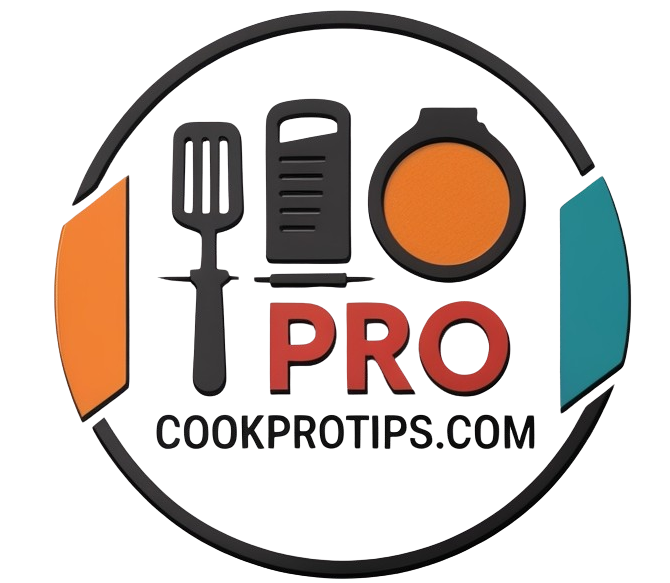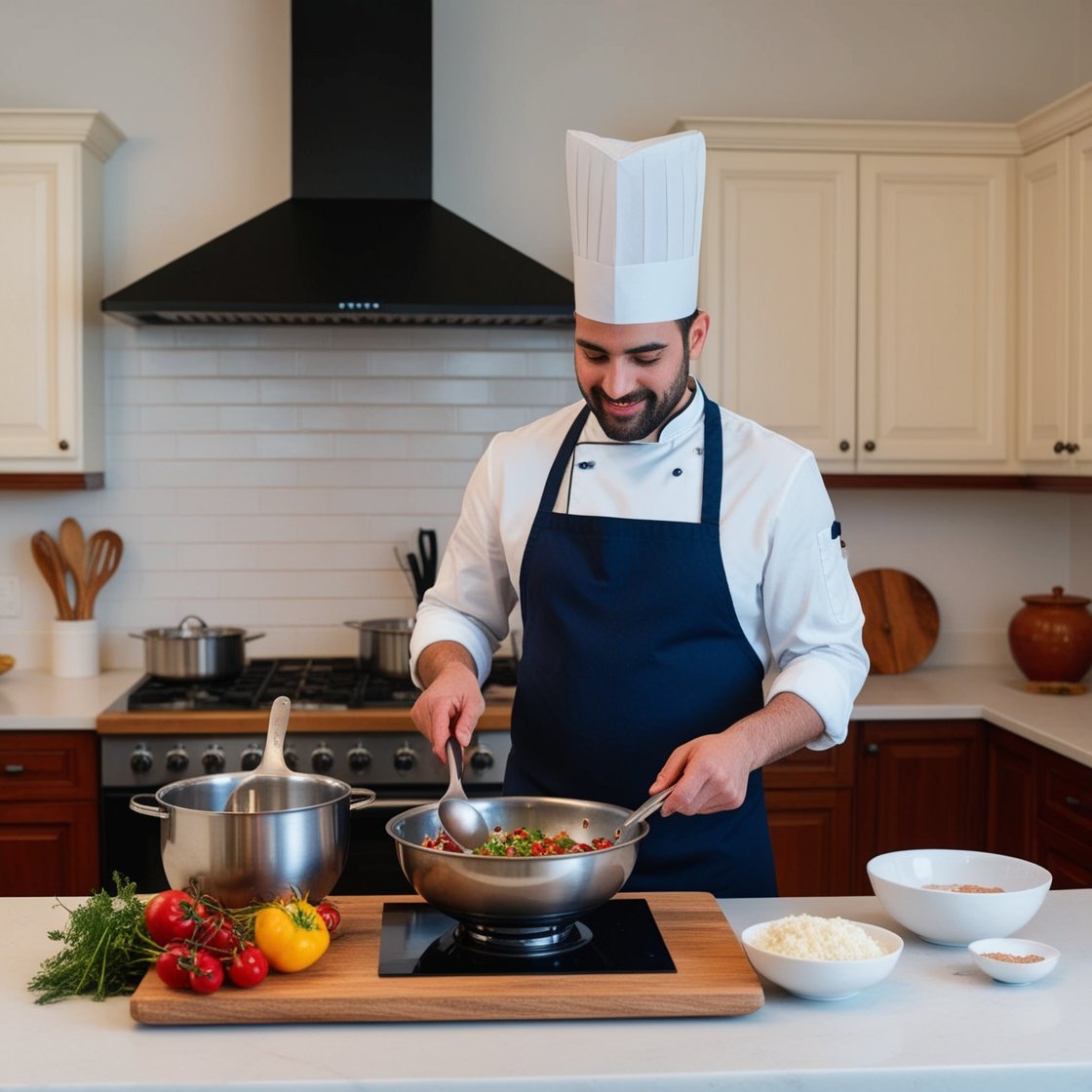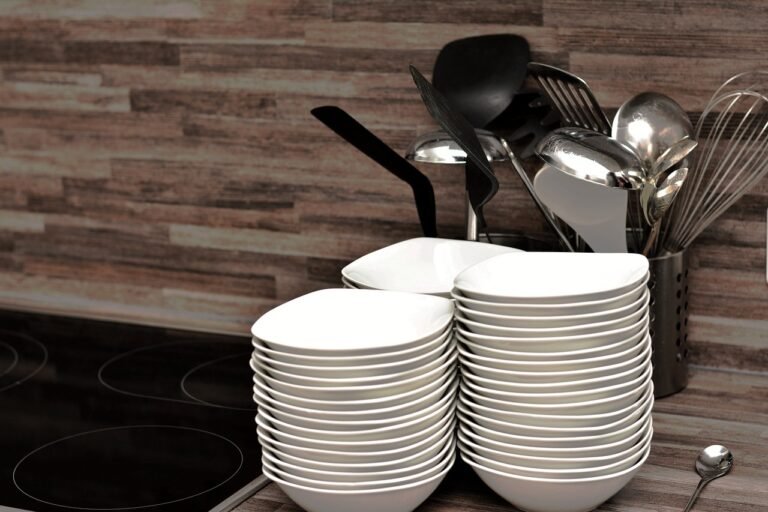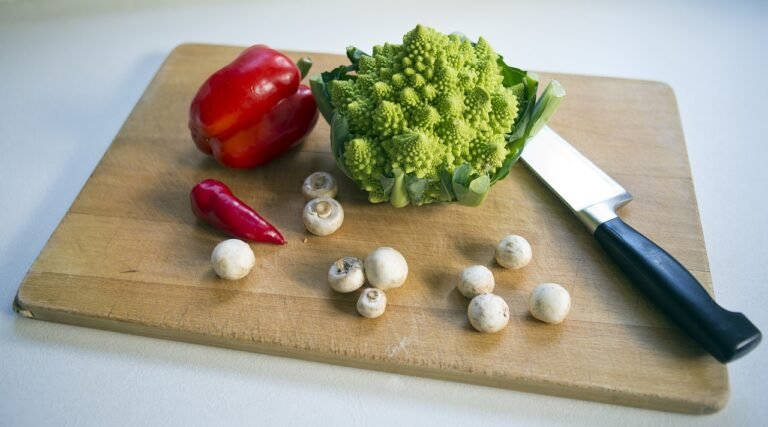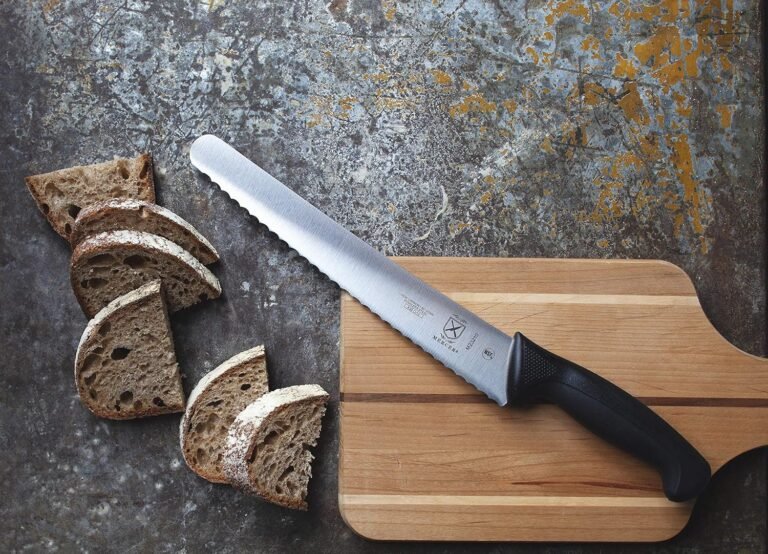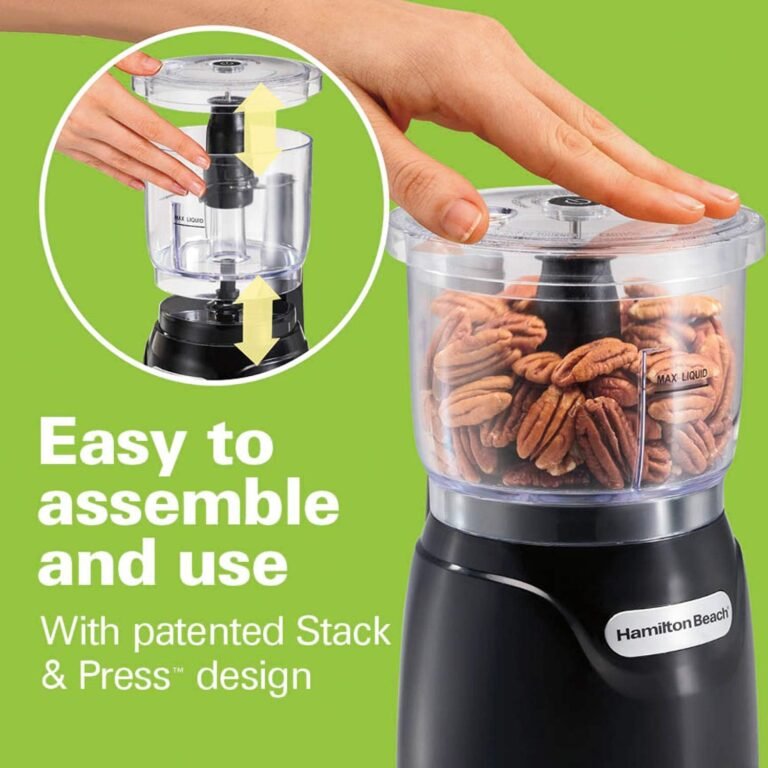Avoid These 5 Common Cooking Mistakes: A Beginner’s Guide
Mistake #1: Not Reading the Recipe Thoroughly
One of the most common errors that novice cooks make is not reading the recipe thoroughly before embarking on their culinary journey. This oversight often leads to a range of missteps, such as missing ingredients, misunderstood cooking techniques, or executing steps in the wrong order. To achieve a successful outcome in cooking, it is essential for beginners to dedicate time to comprehensively review the recipe prior to beginning the cooking process.
When skimming through the instructions, beginners may overlook vital information, which can result in inconsistent dishes or outright failures. To avoid these pitfalls, it is beneficial to take a systematic approach when reviewing a recipe. Firstly, reading the entire recipe from start to finish allows the cook to understand the overall flow and timing of the dish. This practice not only highlights required ingredients but also clarifies the necessary steps and cooking methods involved.
Another helpful strategy is to familiarize oneself with cooking terminology. Understanding terms such as “sauté,” “fold,” or “blanch” can significantly enhance one’s ability to follow instructions accurately. A quick reference guide or a cooking glossary can provide clarity on unfamiliar terms, ensuring that the cooking process is executed correctly.
Preparation, often referred to as “mise en place,” is also crucial in achieving culinary success. This involves organizing all ingredients and tools before starting to cook. Utilizing essential kitchen tools, such as measuring cups, timers, and prep bowls, will streamline the process and reduce the likelihood of errors. By taking time to prepare and understand the recipe, beginners can cultivate their confidence and enhance their cooking skills over time.
Mistake #2: Improper Ingredient Measurement
A prevalent issue among novice cooks is the improper measurement of ingredients, which can significantly affect the final outcome of a dish. Accurate measurement is crucial to ensure consistency and to achieve the intended flavor profile and texture. Ingredients can be measured using either weight or volume, and understanding the difference between the two is vital for any beginner looking to refine their cooking skills.
Weight measurements, typically used in baking, rely on a kitchen scale to provide precision. For example, one cup of flour can weigh significantly different depending on how it is scooped; therefore, weighing ingredients offers greater accuracy. In contrast, volume measurements utilize cups, tablespoons, and teaspoons. Although these are practical for everyday cooking, they leave more room for error, especially when not utilizing the correct measuring techniques.
To avoid the pitfalls of incorrect measurements, beginners should invest in a reliable kitchen scale for weight measurements. When measuring dry ingredients by volume, it is critical to spoon them into the measuring cup without packing them down and then leveling off with a straight edge for accuracy. For liquid ingredients, using clear measuring cups marked with volume increments can mitigate errors. Ensure that measurements are taken at eye level from a flat surface to further enhance precision.
It is also important to recognize that the need for precise measurements is particularly pronounced in baking, where chemical reactions are significantly influenced by ingredient ratios. In contrast, cooking often allows for a bit more flexibility, inviting creativity. However, neglecting accurate measurements at any stage can still lead to unintended results, underscoring the value of mastery in measurement techniques. By honing this skill, budding chefs can improve their confidence and overall culinary outcomes.
Mistake #3: Not Prepping Ingredients Before Cooking
One of the most prevalent mistakes novice cooks often make is not prepping their ingredients before they start the cooking process. This oversight can have significant consequences, resulting in rushed cooking, burning food, or poorly executed dishes. The culinary term ‘Mise en Place’, which translates to ‘everything in its place’, emphasizes the importance of organization and preparation in the kitchen. By adopting a ‘Mise en Place’ mindset, cooks can enhance their efficiency, reduce stress, and ensure a smooth cooking experience.
The concept of preparing ingredients beforehand includes washing, chopping, measuring, and arranging everything needed for the recipe. By taking the time to conduct these tasks prior to cooking, beginners can navigate through the cooking process more fluidly. For example, vegetables should be chopped and ready to go, spices measured out, and any necessary equipment, like pans and utensils, within reach. This practice not only prevents the potential of burning ingredients while scrambling to prepare them mid-cooking but also enhances focus and creativity in the kitchen.
Investing in the right tools can significantly streamline the prepping process. A good quality knife set is essential, as it allows for quick and precise chopping, dicing, and slicing. Moreover, a sturdy chopping board can help organize the workspace while minimizing clutter. Storage containers for chopped ingredients can make it easier to keep everything organized, reducing the chance of forgotten items and ensuring efficiency during the meal preparation. By prioritizing ingredient preparation, beginner cooks can avoid common pitfalls and elevate their cooking experience.
Mistake #4: Overcrowding the Pan
One of the most prevalent mistakes that novice cooks make is overcrowding the pan. This issue arises when too many ingredients are placed into a single pan at once, leading to several negative cooking outcomes, including uneven heat distribution, diminished browning, and an overall inferior culinary result. Understanding the science behind this can significantly improve your cooking technique.
When a pan is overcrowded, the food releases moisture, creating steam. This steam inhibits the Maillard reaction, which is responsible for that desirable golden-brown crust we all appreciate in sautés and fried dishes. Consequently, instead of achieving a crisp exterior, ingredients may become soggy and unappealing. Additionally, cooking in an overcrowded pan forces the temperature to drop, which can lead to longer cooking times and uneven doneness.
To avoid this common blunder, consider cooking in smaller batches. For instance, if you’re preparing a stir-fry, adding all your vegetables at once may seem convenient, but it is more effective to add them in stages, ensuring each ingredient has enough room to cook thoroughly. Using larger pans can also create a more conducive cooking environment. A wider surface area allows for better evaporation of moisture, which is essential for the browning process.
Investing in high-quality cookware such as non-stick skillets or heavy-duty cast iron pans can enhance your cooking experience as well. These materials retain heat efficiently and allow for better food release, further preventing overcrowding from leading to cooking mishaps. By prioritizing space and using appropriate cookware, beginners can significantly improve their culinary creations and avoid the pitfalls of overcrowding the pan.
Mistake #5: Ignoring the Cooking Process
One of the most common mistakes novice cooks make is ignoring the cooking process. This oversight can lead to overlooked food, burning dishes, and an overall disappointing culinary experience. Being engaged and attentive during cooking is crucial for not only enjoying the process but also for enhancing one’s skills in the kitchen. A focused approach ensures that food is cooked properly, flavors are developed as intended, and meals are served in an appetizing manner.
Staying attentive while cooking involves a few key strategies. First, it is essential to understand the cooking times associated with various recipes. Using kitchen timers can significantly enhance your ability to monitor your cooking without constant checking. A digital timer allows for precise timing, ensuring that you can engage in other tasks without the worry of losing track of time. Second, regularly checking on your food can prevent unfortunate oversights—spell disasters for many beginners. Observing your dish’s progress enables you to make necessary adjustments and enhances your adaptability in the kitchen.
Multitasking effectively is another way to ensure you’re engaged in the cooking process. Preparing side dishes or cleaning up while waiting for the main dish to cook can keep you focused. However, it’s vital to balance tasks to avoid becoming overwhelmed, which can lead to mistakes and neglected food. Additionally, investing in handy kitchen gadgets like digital thermometers can provide valuable insights into the doneness of meats and other dishes, helping you achieve the perfect cooking temperature without guesswork.
In conclusion, remaining attentive during the cooking process is essential for beginners to develop their culinary skills and ensure their meals turn out as expected. By implementing effective strategies and utilizing the right tools, novice cooks can elevate their cooking experiences and avoid common pitfalls.
